Popular games built on game engine Neo Geo MVS
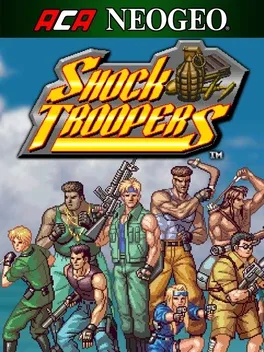
Shock Troopers is an action game released by SNK in 1997. Players take part in a rescue operation for Dr. George and his granddaughter who have been kidnapped by the evil organization Bloody Scorpion. The game features the ability for players to choose which route to progress, adding even more replayablity to the title.
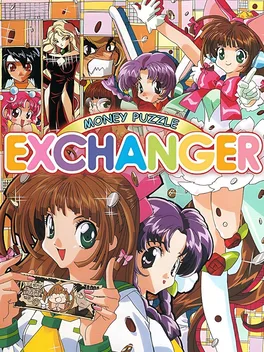
A puzzle game created in 1997 by Japanese game for the Neo Geo MVS arcade system and ported to the Game Boy and the PlayStation that same year.
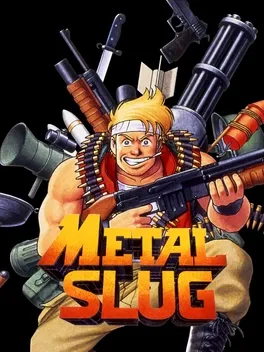
Metal Slug is a 1996 run and gun arcade video game originally developed by Nazca Corporation and released by SNK for the Neo Geo MVS. It is the first installment in the eponymous series. Set in 2028, players assume the role of Peregrine Falcon Strike Force soldiers Marco Rossi and Tarma Roving on a fight against the Rebel Army led by Donald Morden and overthrow his coup d'état to prevent a New World Order.

The King of Fighters '97 is a 1997 fighting game produced by SNK for the Neo Geo arcade and home console. It is the fourth game in The King of Fighters series. It was ported to the Neo-Geo CD, as well as the PlayStation and the Sega Saturn in Japan only.
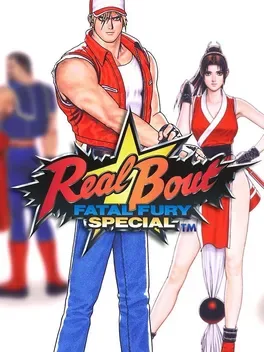
The supreme trial of strength awaits! 19 of Fatal Fury's hottest heroes collide! One year since the fearsome conclusion to "Real Bout", the hungry wolves ready themselves for a new battle, "Real Bout Special" - the paramount pugilistic proving ground! The game retains the cast of the original Real Bout, with the addition of Tung Fu Rue, Cheng Sinzan, Laurence Blood and Wolfgang Krauser from Fatal Fury Special, with Krauser serving as the new final boss. Geese Howard, who was killed off in the end of the original Real Bout, appears in this game as a hidden final boss in a special "Nightmare Match" and as an unlockable playable character in the home versions. The game also features hidden "extra" versions of Tung Fu Rue, Billy Kane, Blue Mary, and Andy Bogard, for a total of 23 (24 if counting Geese) characters.
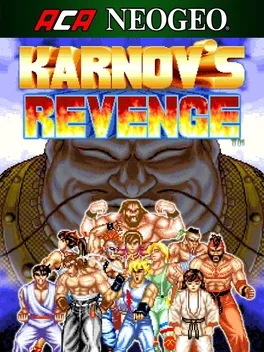
Karnov's Revenge is a fighting game released by Data East in 1994. Thirteen combatants have once again gathered to compete in the Great Grapple. The Weak Point system allows for enjoyable and deep combat.

Real Bout changes the play controls from the previous Fatal Fury games, reducing the number of attack buttons from four to three: a standard Punch and Kick button, a "Strong Attack" button which can be either a stronger punch or kick attack, depending on the character. The game retains the three-plane "oversway" system from Fatal Fury 3, which features a main lane for fighting, with foreground and background planes used to avoid attacks or leap towards the opponent. A dedicated button is now used to make an "oversway" (or change plane) towards the background or foreground. Real Bout introduces a Power Gauge, which fills up as the player performs normal or special techniques against their opponent or defend themselves, similar to many super move gauges featured in other fighting games. The Power Gauge allows players to perform one of three types of Special Techniques, depending of the level of the Power Gauge. Real Bout also introduces stages with ring-outs, a gameplay feature previously introduced in 3D fighting games such as Virtua Fighter. If the player performs certain attacks on their opponent while next to the boundaries, the character will eventually destroy the barrier keeping the opponent in the ring and be able to knock them out of the stage for an easy win.
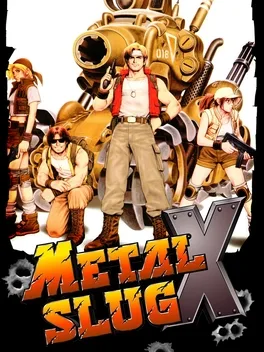
Metal Slug X is upgraded version of Metal Slug 2 (Metal Slug 2: Super Vehicle-001/I), which was released in March 1999 for the Neo Geo MVS. It fixed slowdown problems from the original game, and increased the difficulty. Metal Slug X also introduced some new elements to the game system.
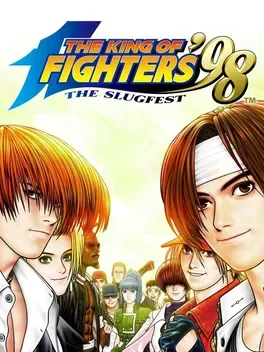
The All-Star dream battle is here at last: It's King of Fighters '98! Here come 38 of your favorite characters from the King of Fighters series. Your favorite characters and teams are back! Filled with new surprises like the Roulette Team Edit and Advantage System, King '98 will pop your cork with unrelenting excitement! The King of Fighters '98 is the fifth game in The King of Fighters series by SNK.
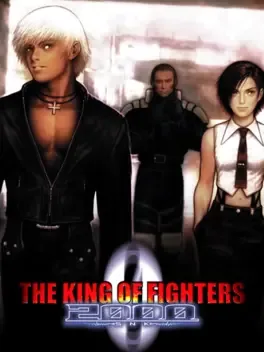
The final King of Fighters game released by SNK in its original state, The King of Fighters 2000 expands on the story and gameplay presented in The King of Fighters '99. This year's tournament is sponsored by the Ikari Warriors in an attempt to discover more about the NESTS organization, and to derail the plans of potential NESTS agents K' and Maxima. Not everything is as straight-forward as it usually is, however, and even the Ikari Warriors themselves are at risk of being betrayed from within by the end of the tournament. The King of Fighters 2000 features an improved Striker call system with the Active Striker System, which allows the player to call his Striker character in any situation, whether he is attacking or being attacked by the opponent, allowing him to use their strikers in combos. Moreover, in addition to the numerous nostalgic SNK characters returning as Another and Maniac Strikers, KOF 2000 welcomes newcomers such as Ramon, Vanessa, Seth, Lin, Hinako Shijo, and Kula Diamond.
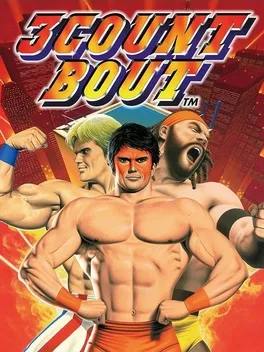
3 Count Bout is a one-on-one fighting game. Choose from ten wrestlers who have their own power attacks. There are ten rounds in the game, and each one of them has you fighting other wrestlers that are much tougher than the previous ones. You defeat each one by biting, kicking, and performing other moves to the point where their damage meter is empty. But just because it is empty doesn't mean that you win. You have to pin him for the infamous-three count. Also features competitive play and tag match battles. 3 Count Bout by SNK Corporation attempts to take you into the world of professional wrestling by giving you control of one of many different wrestlers as you fight both in the ring and in the seedy underworld in your quest to become an accomplished wrestling champion. Choose from one of ten different characters, each with his own strengths and weaknesses, and employ your wrestling moves using a combination of three buttons. There are also a number of hidden moves and combinations which can be unlocked for even greater variety in the gameplay. When you have your opponent on the mat, keep him there until the count of three and you've won the match. In two-player mode, you can either take on your opponent in a match or wrestle tag team. This game uses the Neo-Geo MVS cartridge system.
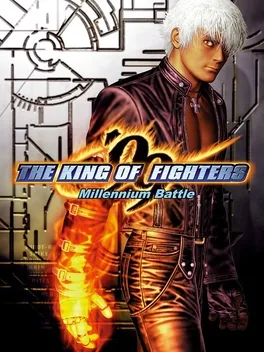
"The King of Fighters '99: Millennium Battle" is the sixth game in The King of Fighters series by SNK. Unlike in previous games of the series, there are four characters per team instead of three, with the fourth serving as a "Striker", a fighter whose function is only to enter a match, attack the opponent and leave without replacing their teammates. In total, there are seven teams, each containing four characters, four Team Edit characters and a boss.
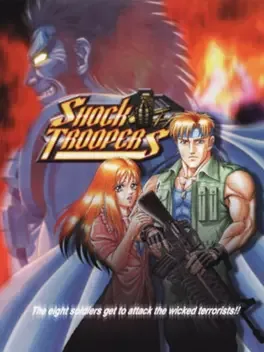
Shock Troopers is a 1-2 player game where players select one of eight characters to play as. Each character has their own attack. Players also have to choose one of three routes to take. The object of the game is to go toward the end of the level and defeat the end-of-level boss, which is usually a huge vehicle. Crates that are scattered throughout the levels can be broken into to reveal new weapons and power-ups. There is a team mode where players have to select three characters. The characters can be switched on-the-fly during gameplay, which is useful if one of them is badly injured. Players can use the other teammates until life-ups can be found.
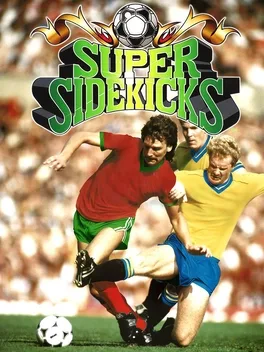
Published in 1993, the original Super Sidekicks (known as Tokuten Ou, "Goal-Scoring King" in Japan) was SNK's first soccer video game. It features 12 teams divided into two groups which compete for the "SNK Cup" (the main differences between teams is their formations on the field): Group A: Germany, Italy, Spain, England, Mexico, Japan Group B: Argentina, Holland, Brazil, France, United States, South Korea The players' team plays against all the others in their group, then it goes into an elimination tournament's semifinals and then the final to win the cup. There was also a hidden feature in the game, which wasn't documented, and affects a single player game. During a free kick for the CPU if the player has tapped button A for player two, the CPU performs a short-shot, while pressing the button A performs a longer kick.
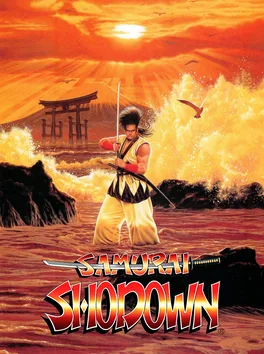
In early Japan, a man named Shiro Tokisada Amakusa preaches a heretic religion. Little does anyone know that Amakusa is really a servant of the evil Ambrosia, who took over Amakusa's body. Ambrosia wishes to shroud the world in darkness. Now, choose between 12 warriors (and 3 bonus characters) to fight for the honor of destroying Amakusa, and fulfilling a mission.
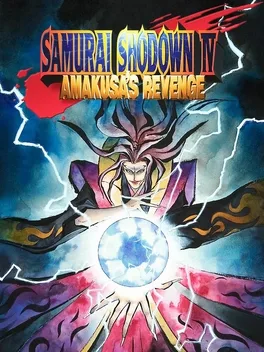
Samurai Shodown IV: Amakusa's Revenge, also known as Samurai Spirits: Amakusa's Descent in Japan, is the fourth in SNK's flagship Samurai Shodown series of fighting games. Chronologically, it is the second and final chapter of a story between Samurai Shodown and Samurai Shodown II, with Samurai Shodown III being the first chapter.
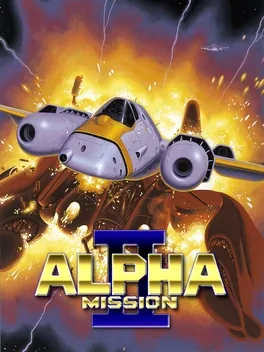
Alpha Mission II is a 2D vertical scrolling shooter with a great deal of depth for two players moving vertically up the screen boards shooting anything that moves. Equip up to three pieces of armor, which also serve as weapons, for a variety of attacks such as the laser and flamethrower. Use them to defeat the evil “Fulvar” and save mankind!
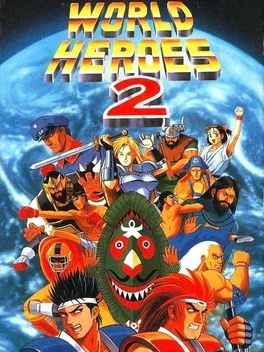
The time traveling tournament fighters are back! The original eight characters from the popular arcade hit return, along with six new characters hand-picked from several different eras and locations all through time. But a new boss awaits the victor... who or what is behind this new tournament? You'll have to get to him to find out! This sequel features all-new stages and music, and improved animation and graphics. You can now reflect projectile moves at your opponent, and reverse normal throws if your timing is right! The original game's Death Match mode is also back, but with a new feature - the life bar will increase or decrease as you inflict or receive damage. Get your side's life bar to 100% and your enemy will lose.

The GRANDMOTHER of all battles! 15 of the FATAL FURY series' top stars gather in the match of the millenium! Use the resurrected Geese Howard and Wolfgang Krauser in a dazzling arena! All you have ever wanted in a fighting game is here in FATAL FURY SPECIAL!
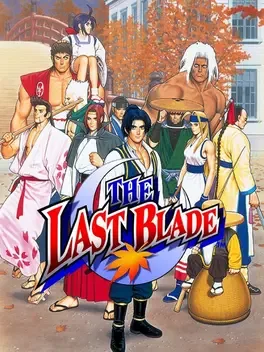
The Last Blade, the first entry in the legendary 2D weapons-based fighting game series from SNK set during the final years of the Tokugawa shogunate, returns for another joust! Sharpen your blade, and be ready for some of the most epic battles!
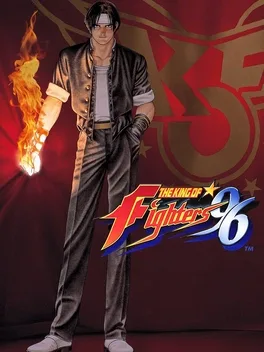
The King of Fighters '96 is a 1996 fighting game. It is the third game in The King of Fighters series, following The King of Fighters '95. SNK's flagship series returns for another year. Many of the changes in this year's KOF release come in the form of improved graphics, sound effects, music and totally redone character sprites. The gameplay of the system has been altered with the addition of "Rush" multi-hit combos and new moves for practically every character. The storyline of the series receives heavy focus in this release with the Orochi Saga swinging into high-gear. The King of Fighters '96 has 27 regular characters plus 2 boss characters (who can be unlocked with the use of a code). Newcomers to the tournament include Mr. Big from the Art of Fighting series, the bosses from Fatal Fury (Wolfgang Krauser and Geese Howard), and completely original characters like Leona Heidern, Mature and Vice. Other features carried over from the previous year include the ability to choose between the default "Team Fighting" mode or the traditional "Single Fighter" style of gameplay, plus the "Versus" and "Survival" gameplay modes.
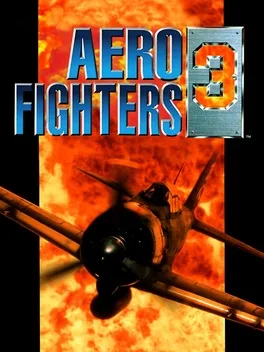
When enemy forces wipe out the jets of the Aero Fighters, they must scramble using heavily-modified World War II warplanes in the third installment of the comical Aero Fighters series.
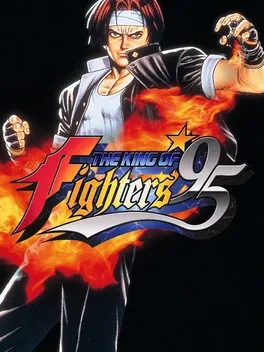
The King of Fighters '95 is a 1995 fighting game produced by SNK for the Neo Geo arcade and home console. It is the sequel to The King of Fighters '94 and the second game in The King of Fighters series. It is also the first game in the series to be ported to other home consoles besides the Neo Geo AES and Neo-Geo CD, with versions released for the PlayStation, Sega Saturn and Game Boy. It was also rereleased in The King of Fighters Collection: The Orochi Saga in 2008 for the PlayStation 2, PlayStation Portable and Wii. The King of Fighters '95 introduces Kyo Kusanagi's rival Iori Yagami, and firmly places Kyo as the main character for the rest of the series. The gameplay of The King of Fighters '95 is essentially unchanged from the previous title, though it does introduce the "team edit" concept which would remain as a standard feature of the series. Using the "team edit" feature, it is possible to create a totally customized team using any of the available fighters, or use one of the default teams if you wish.
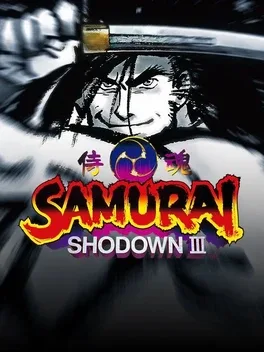
Samurai Shodown III was to be the start of a bold new direction for the franchise. The most obvious difference between this game and the others in the series is the notably darker aesthetic. The more light-hearted characters (Earthquake, Cham Cham, and Gen-an to name a few) from the previous games have been excised, and even the kabuki master, Kyoshiro Senryo, received a redesign, transforming him from a flamboyant stage performer into a grim-faced, muscular man. All of the characters have been completely redrawn. The animation is very smooth for all characters, another departure from the graphical style of the second game.